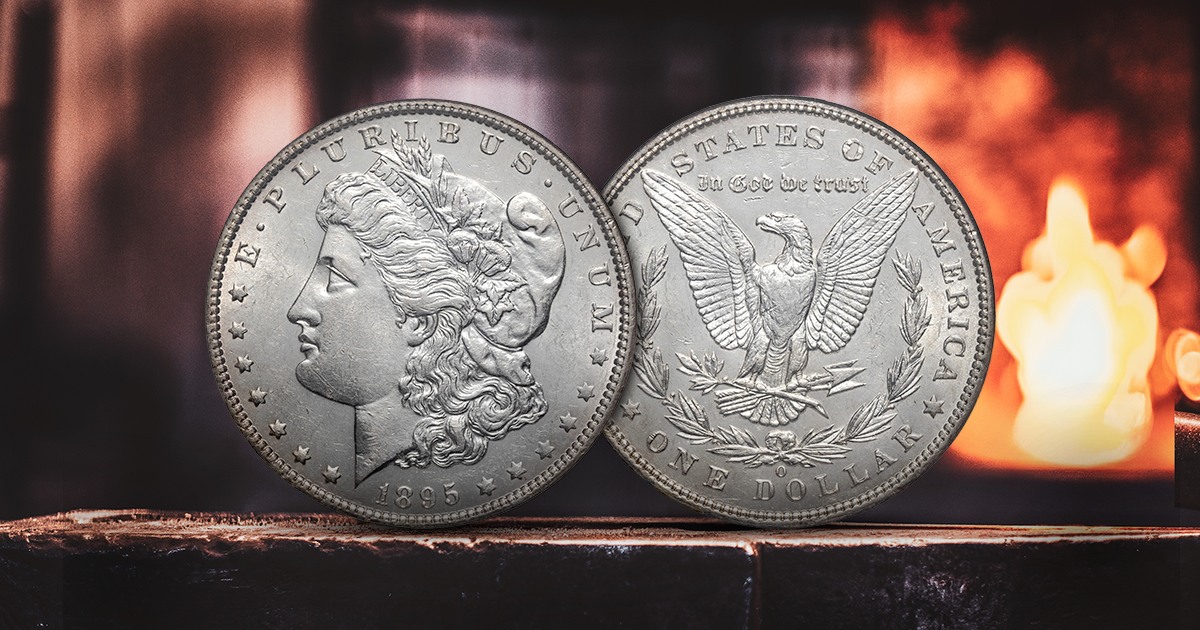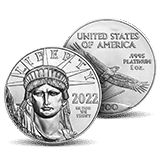
Major nations, including Great Britain, went off the gold standard during World War I to print more money and fund war debts. Due to wartime inflation and gold hoarding, Great Britain started buying wartime goods and services from its colony in India. India’s silver rupee system clashed with Britain’s silver shortage during World War I, escalating tensions. Great Britain didn’t have the silver to back up the certificates, and tensions rose in India, Germany, and the United Kingdom.
The Pittman Act of 1918
In response to the tensions overseas, Nevada Senator Key Pittman sponsored the Pittman Act. This federal law, enacted on April 23, 1918, affected silver coinage policy and demand for domestic silver in the United States. The US had an abundance of domestic silver, and it wanted to keep its gold on hand. The Pittman Act allowed the US to use the resources it already had to aid its allies.
The Pittman Act aimed to conserve the US gold supply, allow silver to be used in settling trade imbalances, provide silver for coinage and commercial needs, support allied governments during the war, and stabilize silver prices while encouraging production. To achieve these goals, it authorized the melting of over 270 million Morgan silver dollars and the conversion of up to 350,000,000 silver dollars into bullions. To determine the worth of a current Morgan silver dollar, check current pricing guides or another trusted source.
Melting the silver dollars into bullion effectively raised and fixed the price of silver to $1 per ounce. The US sold bullion to Britain for wartime purchases and helped the Allies win the war. This sudden removal of hundreds of millions of silver coins tightened global silver supply, boosting silver’s value in international markets. It also revitalized the American silver mining industry by guaranteeing demand for newly mined domestic silver.
Melting Process Setbacks
There were a few issues within the melting process due to the large number of coins that needed to be melted
- Shipment Security: Coins were transported to different melting facilities in Philadelphia, San Francisco, and Denver by train. Cars had to be armed with soldiers to lower the chance of a railway robbery.
- Number of Coins: The volume of coins delivered to the locations mentioned above was overwhelming – the coins were shipped in bulk and had to be sorted and recounted before melting.
- Coin Miscounts: Before automated tracking, coins had to be counted by hand, which is why there is an estimate on how many Morgan coins were melted and how many remain in the United States.
The Morgan Silver Dollar Transition
Morgan silver dollars were printed in the US from 1878 to 1904 and again in 1921. Pre-war Morgan dollars are rare, as the US melted most of them for the Pittman Act. Today, the population of surviving examples is ultimately unknown and is a favorite among coin collectors.
Peace silver dollars were minted from 1921 to 1928 and from 1934 to 1935. The US minted Peace Dollars to commemorate the end of World War I, hence the name “Peace” dollars. This coin is the last US dollar minted with pure silver. In 2021, the US Mint produced a special 2021 issue Peace Dollar to celebrate the design’s 100th anniversary.
US citizens were largely unaware that millions of silver dollars were being melted. Majority of Americans at that time were using paper money as currency, and silver dollars were not as popular. When Morgan dollars were still in circulation, one could buy groceries, transit, lodging, entertainment, or household goods with them.
The Pittman Act Impact on the Precious Metals Industry Today
US silver coins were 90% silver and 10% copper for dimes, quarters, and half dollars minted before 1965. After 1964, the US Mint stopped using silver in its coinage due to rising silver prices, and copper and nickel coins were minted from then on.
In the 21st century, silver is mostly used in industrial and investment contexts, not as a strategic wartime financial asset. The Pittman Act had a significant historical impact, but today’s silver market is driven by industrial demand, investment, and modern economic policy—not directly by the Pittman Act.




